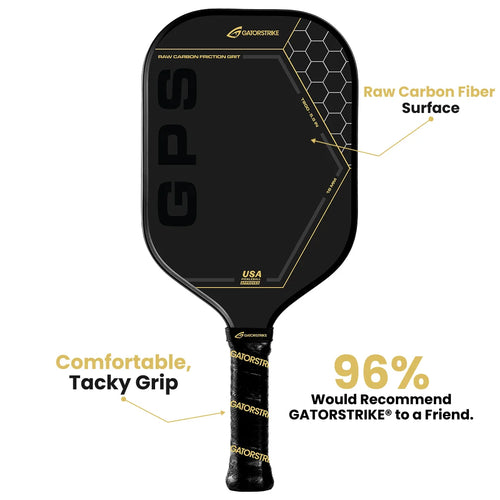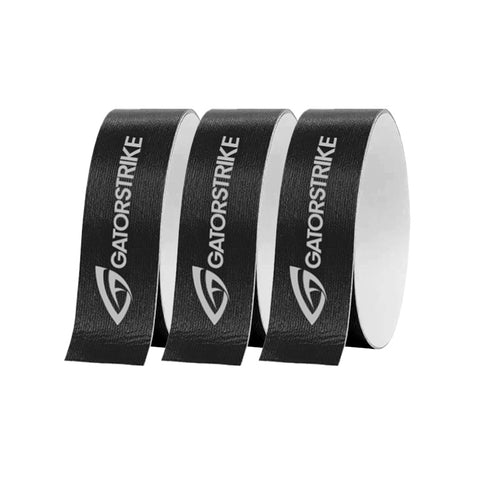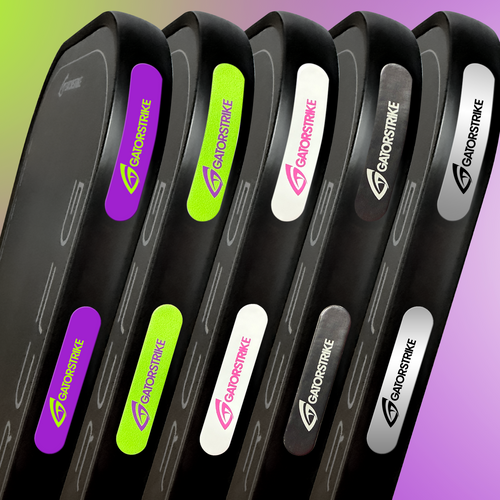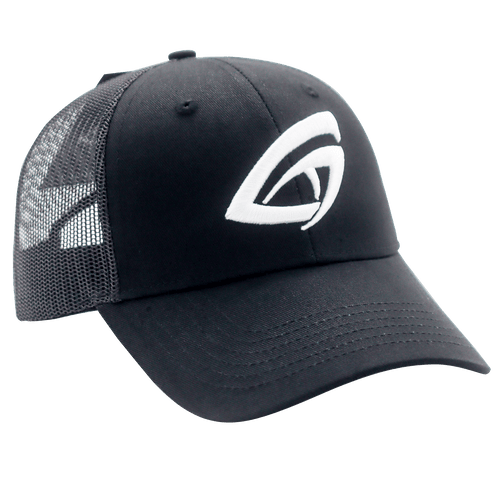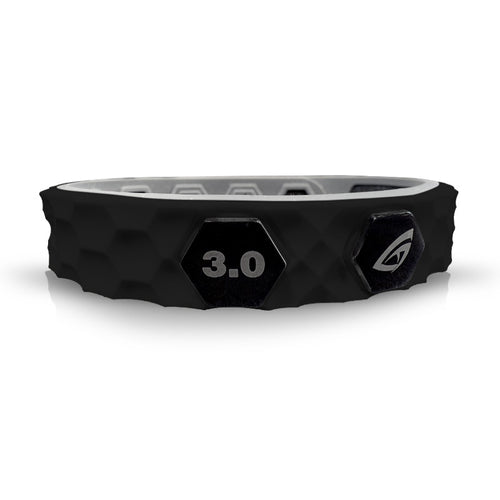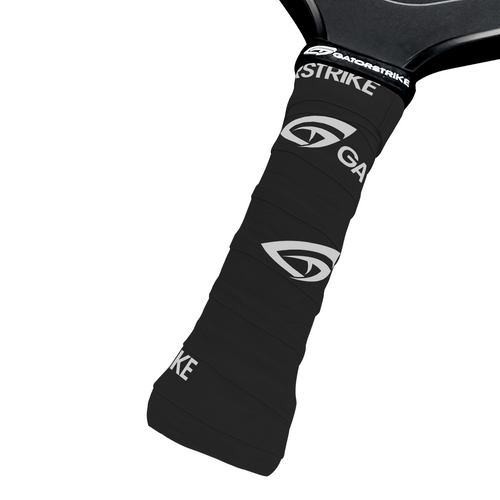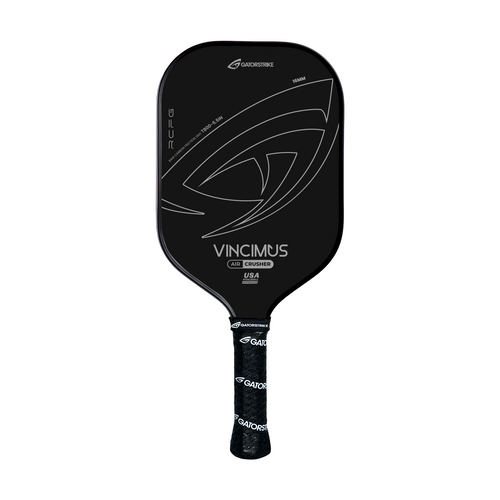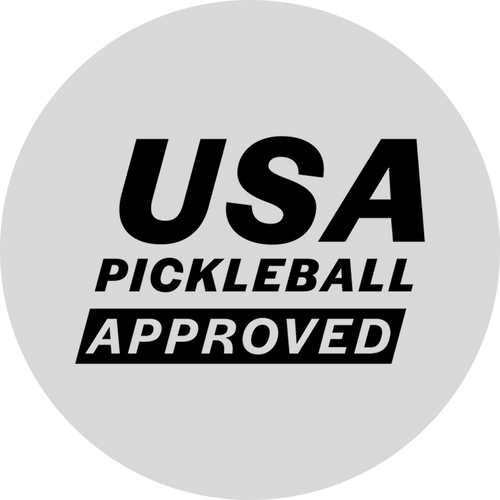
Mastering Your Paddle’s Sweet Spot: The Key to Effortless Pickleball Power
Share
Introduction: Precision Over Power
In the fast-paced world of pickleball, raw strength will only take you so far. True dominance on the court stems from finesse, timing, and—most crucially—harnessing your paddle’s sweet spot. This elusive zone holds the secret to generating controlled power, impeccable placement, and that satisfying “pop” players crave.
But what exactly is the sweet spot, and how can you train yourself to use it consistently? Whether you're a weekend warrior or a competitive contender, understanding and mastering this tiny piece of paddle real estate could be your biggest advantage yet.
What Is the Sweet Spot?
At its core, the sweet spot is the optimal zone on your paddle’s face where energy transfer between paddle and ball is most efficient. Striking the ball here minimizes vibration, reduces hand and wrist torque, and results in a cleaner, more powerful shot—without extra effort.
From a biomechanical standpoint, the sweet spot is a trifecta of three scientifically recognized points:
- Center of Percussion (COP): Where impact feels most stable in your hand.
- Node of Vibration: Where disruptive vibrations are least felt.
- Maximum Coefficient of Restitution (COR): Where the paddle delivers the highest rebound energy.
When you find the intersection of these sweet points, you’ve tapped into the golden zone.
Why It Matters: The Sweet Spot Advantage
Hitting the sweet spot isn’t just about a nicer feel—it’s a game-changer. Here's what you unlock when you dial into it:
- Effortless Power: Generate speed and depth with less muscle exertion.
- Pinpoint Accuracy: Cleaner shots equal more reliable placement.
- Injury Prevention: Reduced shock and paddle twist lowers stress on joints.
- Confidence Boost: The tactile feedback from a perfectly struck shot reinforces positive muscle memory.
For players chasing efficiency and elegance, mastering this zone is non-negotiable.
Paddle Construction & Sweet Spot Size
Not all paddles are crafted equally. Paddle design directly affects the size and responsiveness of the sweet spot.
Factors that influence sweet spot characteristics include:
- Core Material
- Polymer Honeycomb: Cushioned feel, larger sweet spot.
- Nomex: Crisp response, smaller and hotter sweet spot.
- Aluminum: Lightweight, with limited vibration dampening.
- Surface Material
- Carbon Fiber: Enhanced feel and control.
- Fiberglass: More power, slightly smaller sweet spot.
- Textured/Spin Surfaces: Better grip on the ball but can subtly shift optimal impact zones.
- Paddle Shape
- Wide-Body: Maximized surface area and sweet spot.
- Elongated: Higher placement of sweet spot, better for aggressive baseline players.
- Standard/Hybrid Shapes: A blend of balance and touch.
Your gear should complement your swing mechanics, not fight against them.
Finding Your Paddle’s Sweet Spot
Want to locate the golden zone on your own paddle? Try these methods:
- Bounce Test: Drop a pickleball lightly across the paddle face and listen for a crisp, lively tone. The “poppy” spot is your sweet spot.
- Feel Test: Practice dinks and drives—note when a strike feels smooth and vibration-free.
- Twist Response: Hit the ball slightly off-center and feel how much the paddle wobbles. Less twist means closer to the sweet spot.
- Sound & Feedback: Over time, you’ll begin to recognize the unique sound and feel of optimal contact.
Once discovered, you’ll never want to hit outside it again.
Training to Consistently Hit the Sweet Spot
The sweet spot is a blend of precision and muscle memory. Here's how to sharpen your consistency:
- Wall Dinks: Repetition builds familiarity with where your paddle naturally makes best contact.
- Controlled Rallies: Slow-paced drills allow you to hone your timing and paddle face alignment.
- Footwork Fundamentals: Proper positioning is critical to set up clean strikes.
- Video Analysis: Record your sessions and identify impact zones visually.
- Sweet Spot Tape: Use paddle stickers to visually target and train muscle memory.
Like a musical instrument, your paddle responds best when played with control and rhythm—not brute force.
Common Mistakes That Sabotage Sweet Spot Success
Even skilled players occasionally misfire. Here are some culprits that push you off target:
- Overgripping: A death grip limits paddle feedback and disrupts fluid mechanics.
- Late Preparation: Rushed swings increase the likelihood of off-center hits.
- Improper Stance: Poor footwork can misalign your paddle’s face to the ball.
- Swinging Too Hard: Overhitting can reduce your precision and timing.
The remedy? Train smart, stay centered, and prioritize form over fury.
Conclusion: Precision Unlocks Power
Power in pickleball doesn’t come from swinging harder—it comes from striking smarter. The paddle’s sweet spot is the bridge between human skill and equipment efficiency. When you master this zone, you reduce effort, increase accuracy, and elevate your entire game.
So the next time you step on the court, listen to your paddle, feel the feedback, and trust the zone. The sweet spot isn’t just a place—it’s a state of play.
